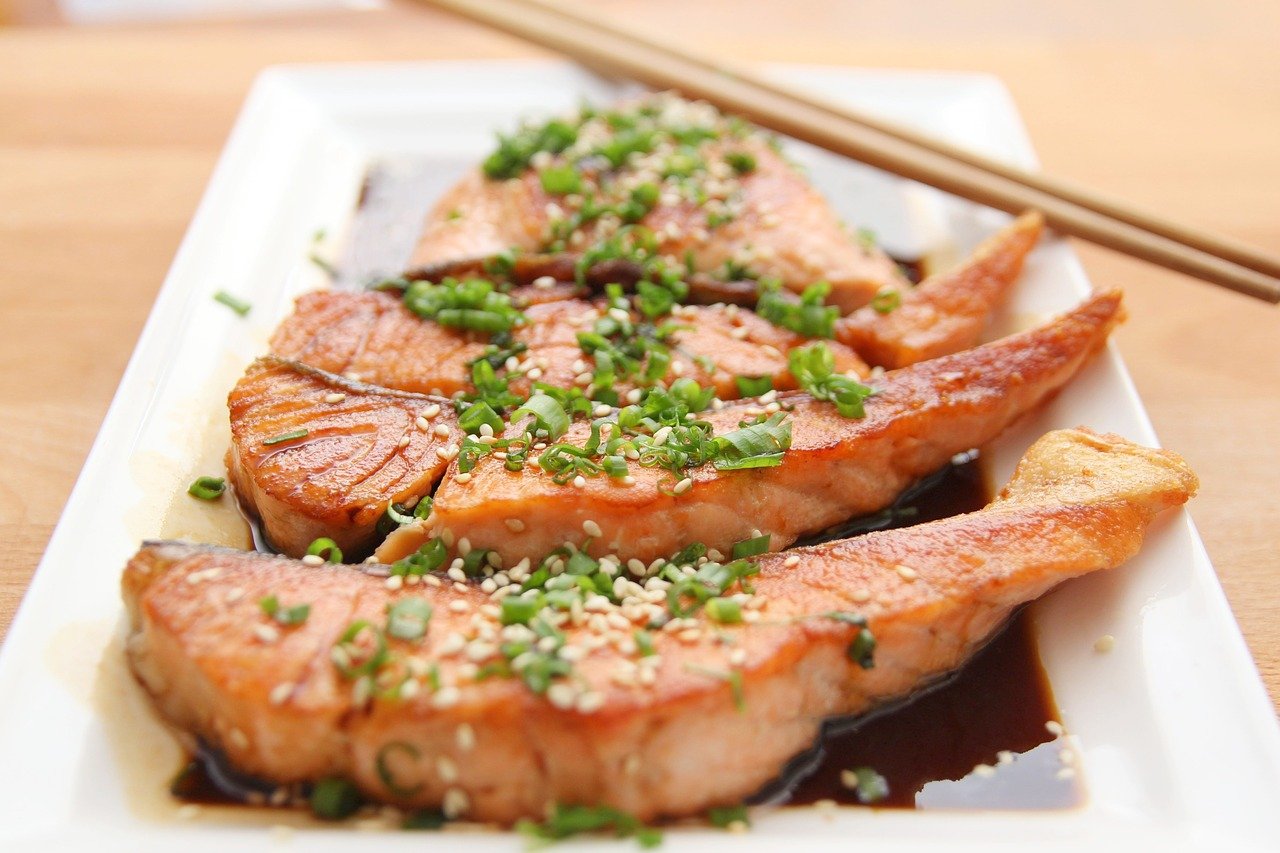
Want to eat well? Why not try the Saharan Desert? Really!
North Africa is home to the world’s largest and hottest desert, the Sahara. Although on the surface the Sahara may seem like a culinary wasteland, however you’d be surprised to find out that the regions around the Sahara have a lot of choices when it comes to food. Lamb, chicken and various vegetables are staple ingredients in Saharan cooking, which borrows technique and recipes from all of its many desert neighbors.
North African cuisine is very prominent in the areas around the Sahara. You simply can’t replicate these types of flavors anywhere else in the world. The preparation and source of ingredients makes the Sahara are truly unique culinary experience. Although African cuisine is definitely a little different than we might be used to, their influence is very French and European. Although the ingredient may scream exotic African, traditional sauce creation and classic culinary technique all originated with the French Escoffier culinary techniques.
One of the best parts of Saharan dining is the huge variety of foods to choose from. The thing people should realize about the Sahara is that although the desert itself may be pretty inhospitable and culinary choices are quite limited (unless you’re really into eating insects!) the Sahara is so big that it borders a lot of different areas. Food professionals around the Sahara have easy access to the Sahara’s neighbors and their ingredients. As strange as it may sound, seafood is very popular in the Sahara. Many of the border nations of the Sahara have thriving seafood and fish industry, which gets traded for other areas produce, dairy and other ingredients. It’s actually really interesting to see the give and take relationship these traders have with each other. For decade’s world conflict and other “outsiders” issues have been out aside to keep this complex network of food purveyors moving.
The Saharan desert may look like a complete wasteland on the surface….and to a point that’s true. The desert itself it’s a pretty tough environment. However, the local purveyors around this region have worked together for centuries now to turn a once desolate area into a real culinary “hot” spot!
